What pests of garlic are there, their signs and ways to combat them

Everyone knows about garlic. Almost everyone eats it and many grow it. Of course, propagating garlic takes a lot of time. And therefore, you always want to get an excellent result from these works. But fertilizing, watering and proper cultivation are not enough. It happens that there is an “unwanted guest” in the garden who really wants to ruin the result. What to do with it and how to figure out what kind of pest it is? This question befalls many people. And everything is very simple. This article reveals all the detailed information about them.
Content:
Root mite
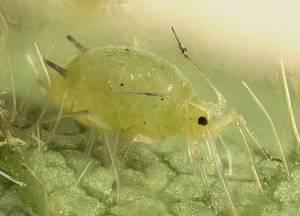
Root mites are one of the most dangerous pests. Externally, it is small oval in shape (0.7x0.5 mm) with 8 legs. Body color like cloudy glass. It lays its eggs in a white oval shape. Debugs up to 800 pieces at a time. In half a month, the eggs develop, and in a month a new adult root mite has already formed. Favorite place where it can develop normally is moist soil.
Signs of root mites
When a root mite feeds on garlic, its scales become covered with brown dust, and as a result, the bottom becomes rotted. If the bulb is preserved and a mite already lives there, then eventually it simply dries out.
How to fight
In the summer, when the warehouse for planting crops is completely empty, fumigation is done with sulfur dioxide or chloropicrin. That is, a kind of disinfection of the premises.All waste and garbage that has collected in the warehouse simply needs to be burned. Also, do not forget about changing the place of sowing seeds and constantly examining them before planting, as well as at the first sign of infection - remove (burn) the infected seeds.
Stem nematode
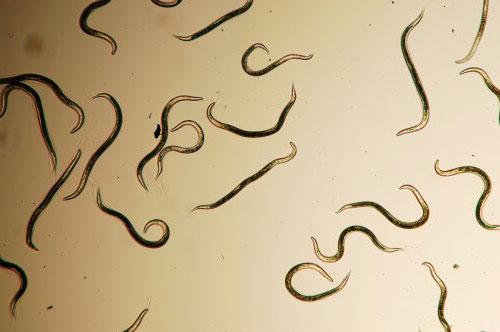
Almost the first place in terms of harmfulness and distribution among all pests belongs to the stem nematode. It is so dangerous that it causes the vegetable crop to dry out completely. Very tenacious: it lives without food for about a year, and if the soil is dry - up to 5 years. Externally, it is a white thread-like worm, which reaches a maximum size of 1.5 mm long and 0.04 mm wide. It feeds on plant juices. The garlic itself (the cloves) can be a “home” for the nematode, where it stays in dry scales (it can live like this for about 2 years), and when it gets into the ground, it “comes to life” again and continues to reproduce and lay eggs. And the second “home” is contaminated soil.
Signs of stem nematode
- Onion leaves are covered with long light stripes.
- Then they begin to turn yellow, curl and dry out.
- Garlic planted in the ground gives off a very pungent smell.
- The bulb first becomes loose. Afterwards the bottom becomes rotten and the bulb completely falls off and rots (dries out).
How to fight
One of the main rules is to plant only healthy seeds. To do this, you need to carefully examine the garlic cloves and perform “disinfection”. To do this, the seeds need to be heated for approximately 10 hours at a temperature of 45 degrees. Then cool before planting. Nematode-infected soil may not be suitable for planting vegetables even for decades, but perennial herbs can be sown there. If damage by a nematode is seen somewhere among the garlic, the charged plant is immediately removed.Harvest residues should always be burned after harvest. And do not forget that the seats need to be changed.
Onion moth
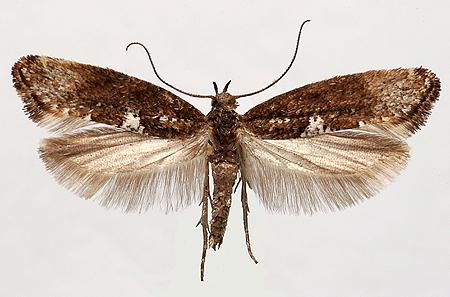
This pest – a small butterfly up to 8 mm in length. The wingspan reaches 14 mm. The front ones are brown with white stripes and specks, and the rear ones are gray with fringe.
Signs of onion moth
In the first month of summer they have their first flight. The female lays eggs in the lower surface of the leaf, arrows and neck of the bulb. After a week, caterpillars hatch and gnaw on the leaves. Gnawed stripes (traces of eating them) appear on the leaves and as a result the plant cannot grow for a long time, which threatens the loss of the harvest. After half a month, these caterpillars pupate on weeds, soil, onions, and after another decade, a new generation of such butterflies is ready.
How to fight
Always after harvesting, all residues must be burned. Also carry out timely fertilizing and fertilizing of garlic in order to ensure strong growth. And don't forget about crop rotation.
Onion sharpener

A small butterfly with a wingspan of up to 26 mm. It has a short proboscis, small head and legs, but with a thick body. The front wings are white and yellow, with some kind of gray pattern, and the hind wings are gray with a fringe. Lays up to 100 eggs at a time.
Signs of onion borer
The pest here is a caterpillar, which has a yellow head and a red body, large in size up to 24 mm. They make rot out of the onion by gnawing it. They live both in the soil and with seeds in storage. And only next year they become butterflies that can lay new eggs.
How to fight
Unfortunately, this is a very little known pest and control measures have not yet been fully figured out. Therefore, the only advice is to burn post-harvest residues and carefully select seeds for sowing.
Onion hoverfly
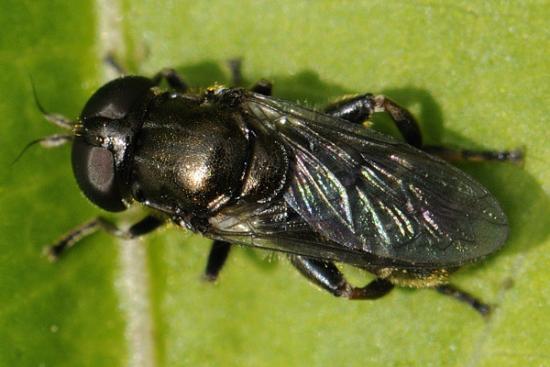
This is a green-bronze fly that reaches a length of almost 10 mm. And has thickened hind thighs. Lays oval white eggs (0.8 mm) near the plant, in the neck of the bulb and under the upper scales of garlic. The larvae are the main enemy of the crop, which after 10 days penetrate into the bulbs and eat the fleshy tissues.
Signs of the onion hoverfly
On the leaves garlic long noticeable stripes appear. They turn yellow and gradually dry out. If you open the bulb, you can see eggs there. And after 2-3 weeks they go into the ground and pupate. As a result, a new generation of flies appears in the first months of summer.
How to fight
The main thing here is: cultivation, crop rotation and fertilizer of garlic. Select only high-quality seeds for sowing and change the place for sowing, as well as remove field debris.
You will learn more about how to protect plants from diseases and pests from the video.

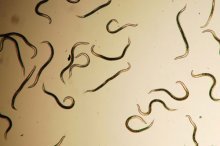
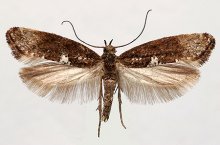
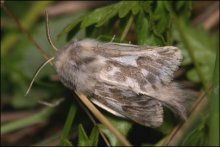
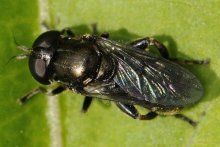
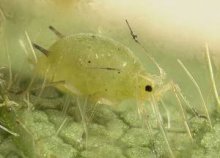
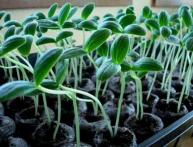

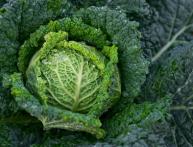
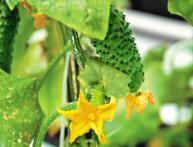
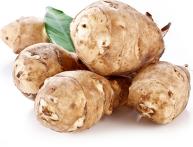
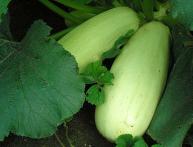


Comments
I have been growing garlic on my plot for many years, sometimes there is a clear crop failure, but this is mainly due to a very dry summer or poor planting material. But I hardly encountered any pests.